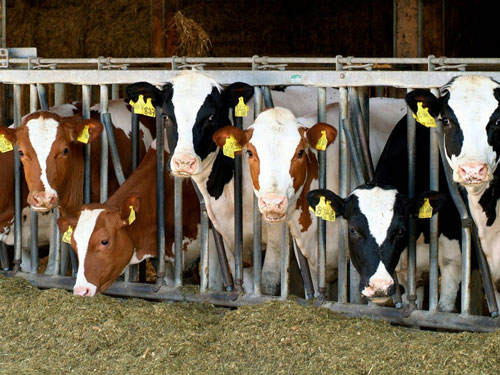 Agriculture is responsible for around ten to twelve percent of all greenhouse gases attributable to human activities. This raises the question of how these emissions could be reduced. A recent study has investigated - for the first time - the full range of factors that contribute to greenhouse gas emissions, namely soil and climate conditions, the agricultural model and the farming intensity on both organic and conventional holdings.
Agriculture is responsible for around ten to twelve percent of all greenhouse gases attributable to human activities. This raises the question of how these emissions could be reduced. A recent study has investigated - for the first time - the full range of factors that contribute to greenhouse gas emissions, namely soil and climate conditions, the agricultural model and the farming intensity on both organic and conventional holdings.
Feb 28th, 2013
Read more
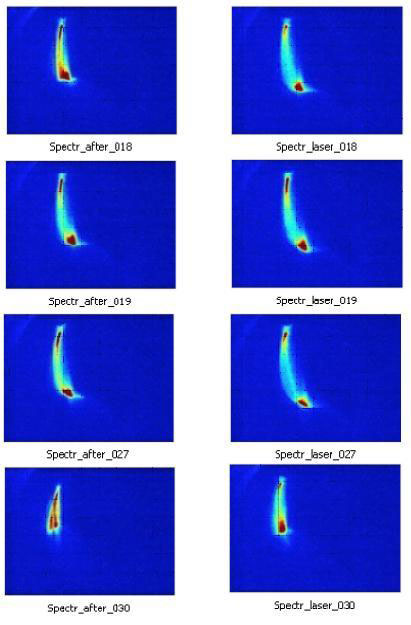 Scientists have established that an electron beam can be accelerated by a laser in free space. This has never been done before at high energies and represents a significant breakthrough. It also may have implications for fusion as a new energy source.
Scientists have established that an electron beam can be accelerated by a laser in free space. This has never been done before at high energies and represents a significant breakthrough. It also may have implications for fusion as a new energy source.
Feb 28th, 2013
Read more
The German government supports the transformation of the economy from a petroleum- to a bio-based economy with its "Industrial Biotechnology Innovation Initiative".
Feb 28th, 2013
Read more
 A research team from KTH Royal Institute of Technology has developed a technique for quick, simple and cost-effective mapping of worldwide urban growth and its environmental impact.
A research team from KTH Royal Institute of Technology has developed a technique for quick, simple and cost-effective mapping of worldwide urban growth and its environmental impact.
Feb 28th, 2013
Read more
The new bioplastics have high thermal plasticity and heat resistance, comparable to those of conventional bioplastics and petroleum-based plastics.
Feb 28th, 2013
Read more
Researchers have successfully piloted a process that enables natural resource managers to take action to conserve particular wildlife, plants and ecosystems as climate changes.
Feb 27th, 2013
Read more
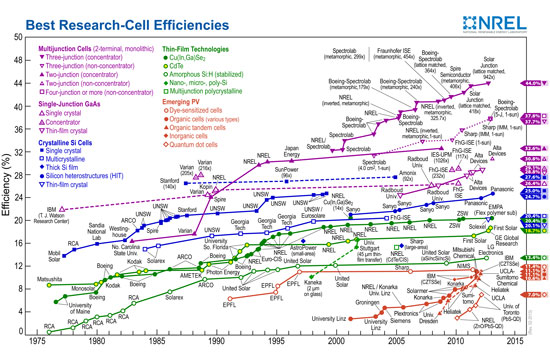 First Solar, Inc. announced it set a new world record for cadmium-telluride (CdTe) photovoltaic solar cell conversion efficiency, achieving 18.7 percent cell efficiency in tests confirmed by the U.S. Department of Energy's National Renewable Energy Laboratory (NREL).
First Solar, Inc. announced it set a new world record for cadmium-telluride (CdTe) photovoltaic solar cell conversion efficiency, achieving 18.7 percent cell efficiency in tests confirmed by the U.S. Department of Energy's National Renewable Energy Laboratory (NREL).
Feb 27th, 2013
Read more
Amid efforts to expand production of biofuels, scientists are reporting new estimates that downgrade the amount of additional land available for growing fuel crops by almost 80 percent.
Feb 27th, 2013
Read more
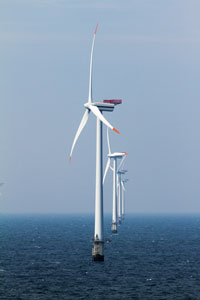 Medium-sized waves can destroy wind turbines at sea, causing them to break like matches. Mathematicians are trying to explain why.
Medium-sized waves can destroy wind turbines at sea, causing them to break like matches. Mathematicians are trying to explain why.
Feb 26th, 2013
Read more
A newly released international study reveals that the issue of climate change is not a priority for people in the United States and around the world.
Feb 26th, 2013
Read more
 The latest research in mesoscale atmospheric modeling suggests that the generating capacity of large-scale wind farms has been overestimated.
The latest research in mesoscale atmospheric modeling suggests that the generating capacity of large-scale wind farms has been overestimated.
Feb 26th, 2013
Read more
A new study shows that reaching the 3 energy-related objectives proposed by the United Nations in their Sustainable Energy for All (SE4All) initiative, launched in 2011, would reduce emissions of greenhouse gases that contribute to climate change and, in combination with other measures, could help keep global temperature rise from exceeding the internationally agreed target level of 2 C.
Feb 24th, 2013
Read more
Applying its atmospheric expertise to solar energy, the National Center for Atmospheric Research (NCAR) is spearheading a three-year, nationwide project to create unprecedented, 36-hour forecasts of incoming energy from the Sun for solar energy power plants.
Feb 22nd, 2013
Read more
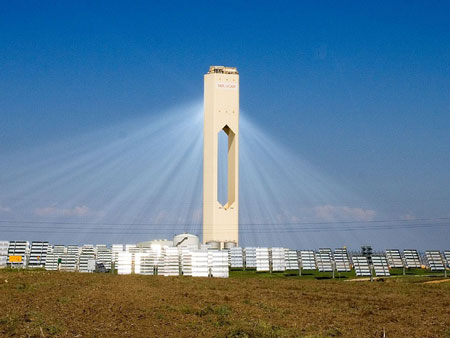 Solar energy, electric and natural gas cars, magnets for motors, efficient heating on tap.
Solar energy, electric and natural gas cars, magnets for motors, efficient heating on tap.
Feb 22nd, 2013
Read more
The commitment to reduce greenhouse gas emissions should be allocated based on countries' historic responsibility for the emissions. This logic was recognized early on in climate negotiations. But the countries are still disputing how it should be interpreted and applied.
Feb 22nd, 2013
Read more
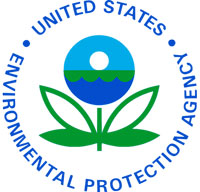 The U.S. Environmental Protection Agency (EPA) today announced the nominations for the 2013 Presidential Green Chemistry Challenge Awards for companies and institutions that can design chemicals or a new product that help protect public health and the environment.
The U.S. Environmental Protection Agency (EPA) today announced the nominations for the 2013 Presidential Green Chemistry Challenge Awards for companies and institutions that can design chemicals or a new product that help protect public health and the environment.
Feb 21st, 2013
Read more
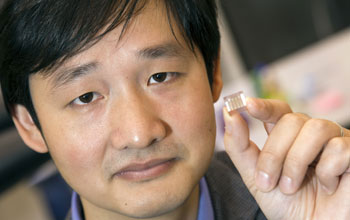 Researcher working toward making solar cells that can be used in computer bags, clothing, walls and more.
Researcher working toward making solar cells that can be used in computer bags, clothing, walls and more.
Feb 21st, 2013
Read more
Solar geoengineering is a proposed approach to reduce the effects of climate change due to greenhouse gasses by deflecting some of the sun's incoming radiation. This type of proposed solution carries with it a number of uncertainties, however, including geopolitical questions about who would be in charge of the activity and its goals. New modeling work shows that if a powerful coalition ever decided to deploy a geoengineering system, they would have incentive to exclude other countries from participating in the decision-making process.
Feb 21st, 2013
Read more
 Agriculture is responsible for around ten to twelve percent of all greenhouse gases attributable to human activities. This raises the question of how these emissions could be reduced. A recent study has investigated - for the first time - the full range of factors that contribute to greenhouse gas emissions, namely soil and climate conditions, the agricultural model and the farming intensity on both organic and conventional holdings.
Agriculture is responsible for around ten to twelve percent of all greenhouse gases attributable to human activities. This raises the question of how these emissions could be reduced. A recent study has investigated - for the first time - the full range of factors that contribute to greenhouse gas emissions, namely soil and climate conditions, the agricultural model and the farming intensity on both organic and conventional holdings.
 Subscribe to our Cleantech News feed
Subscribe to our Cleantech News feed






